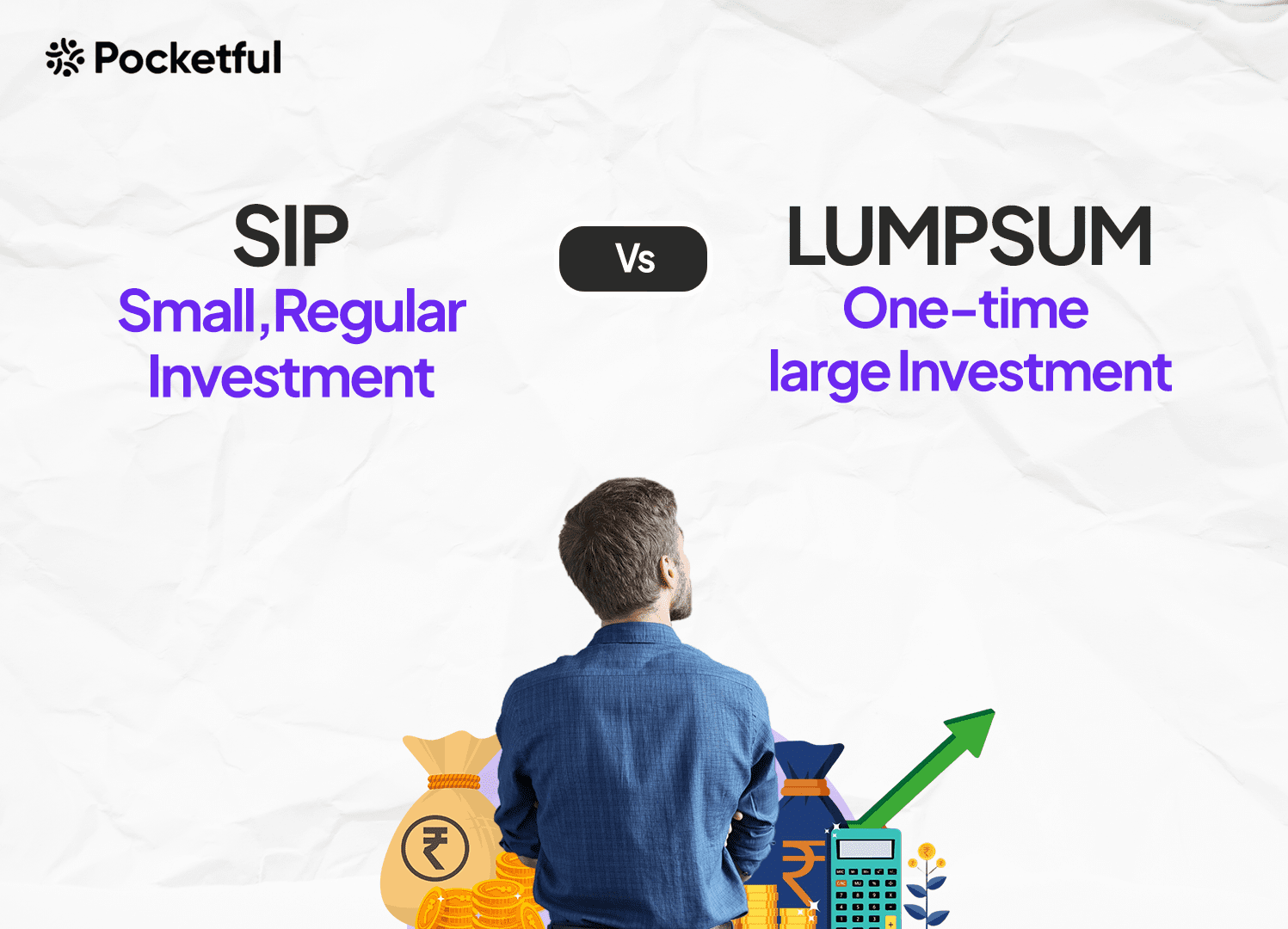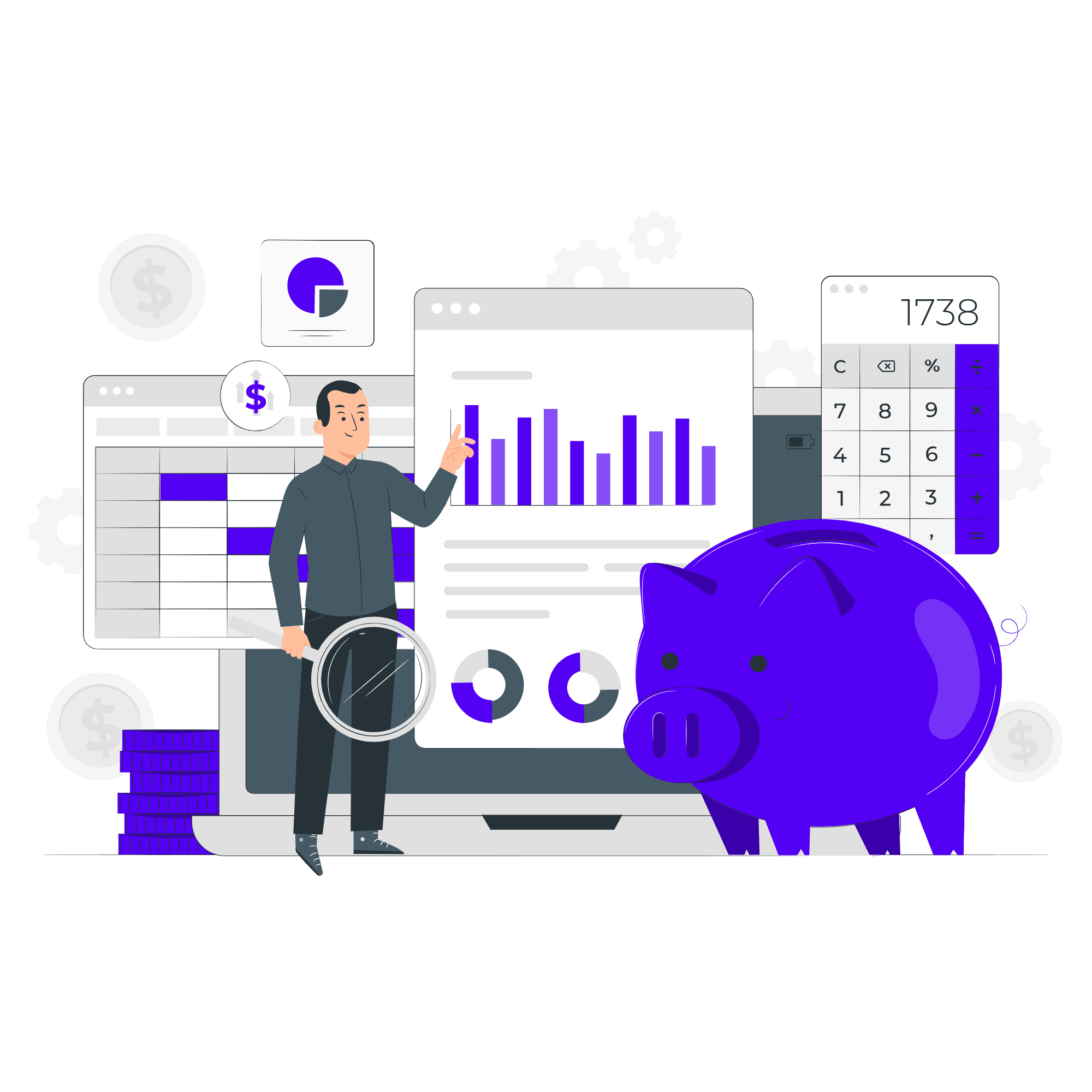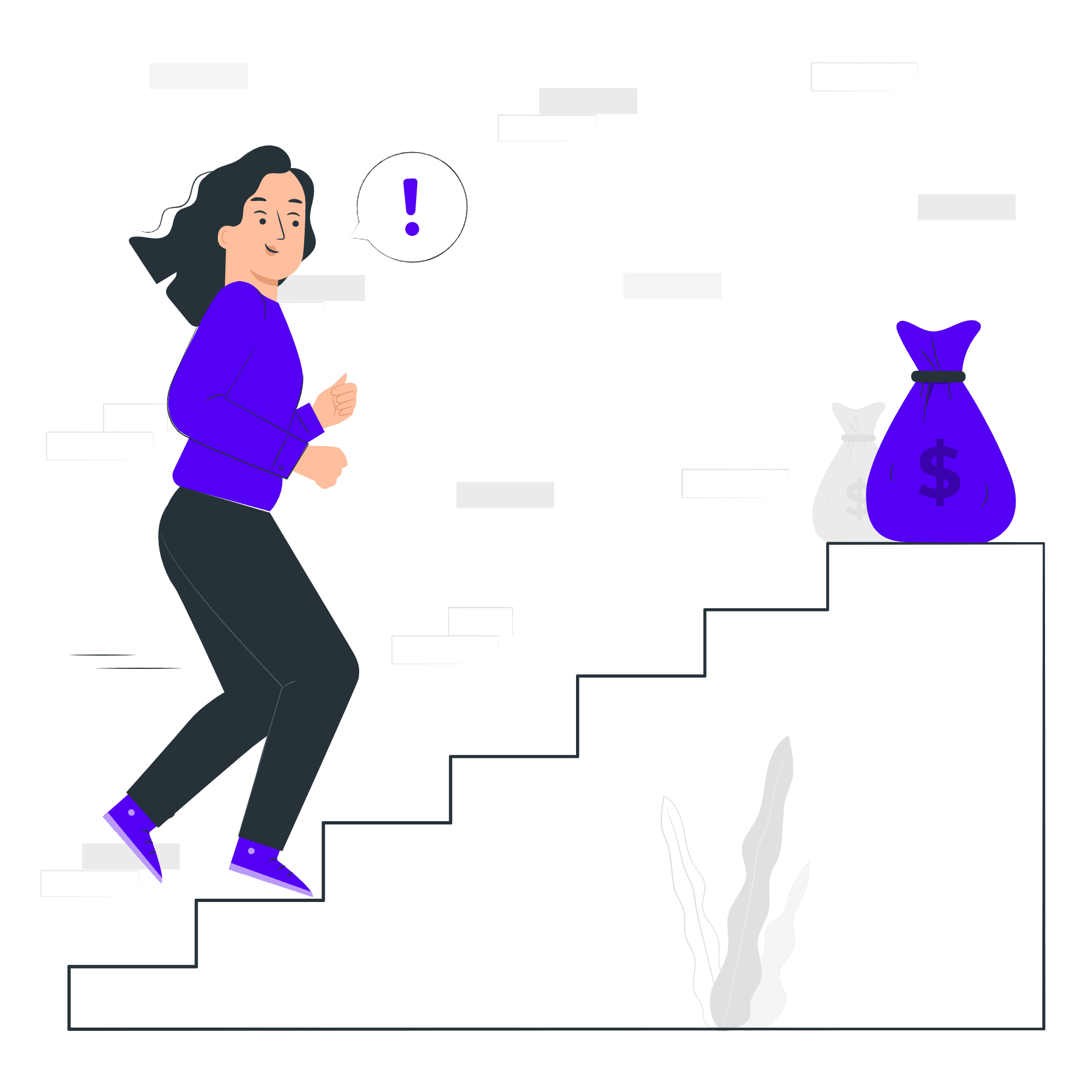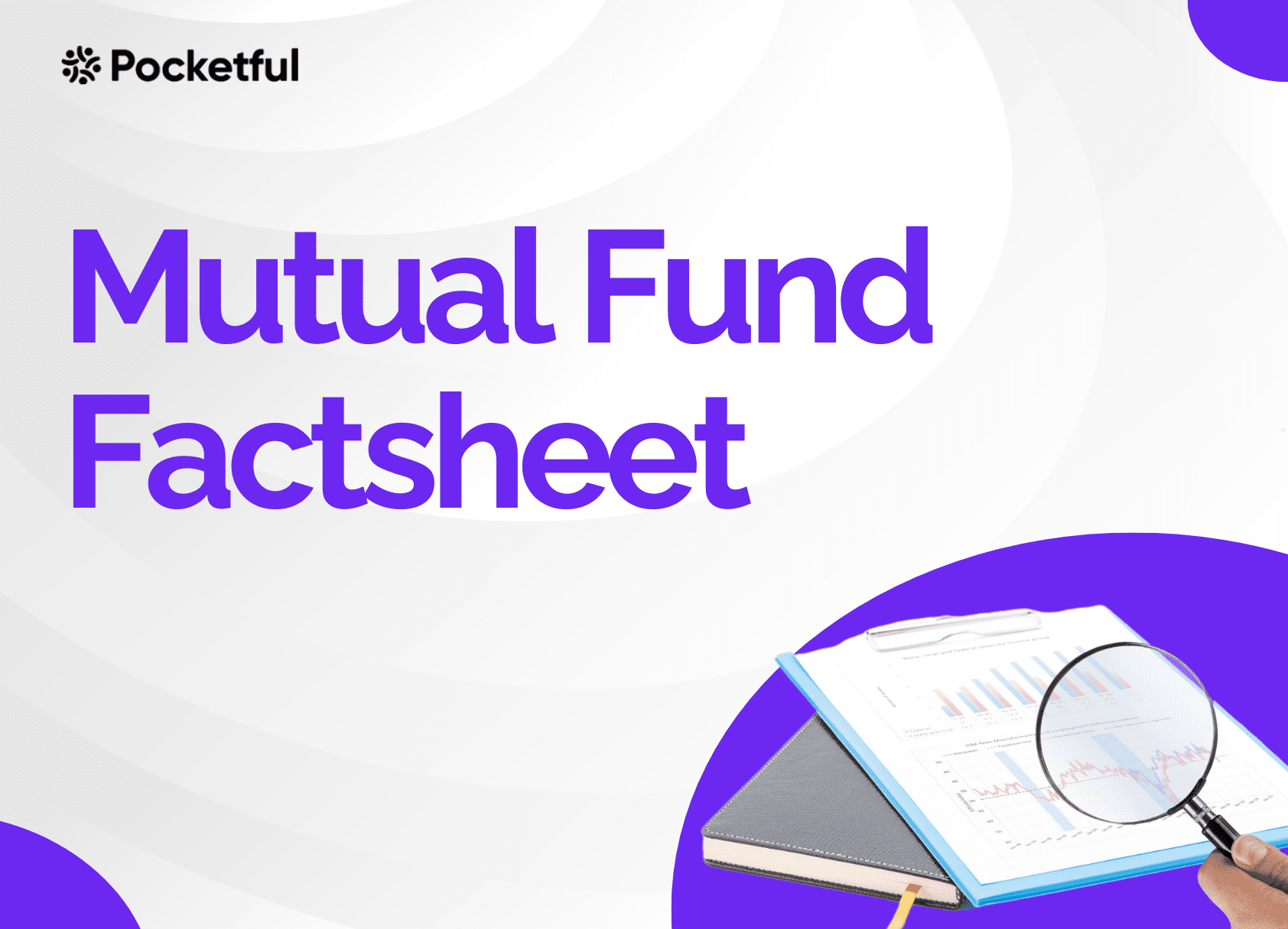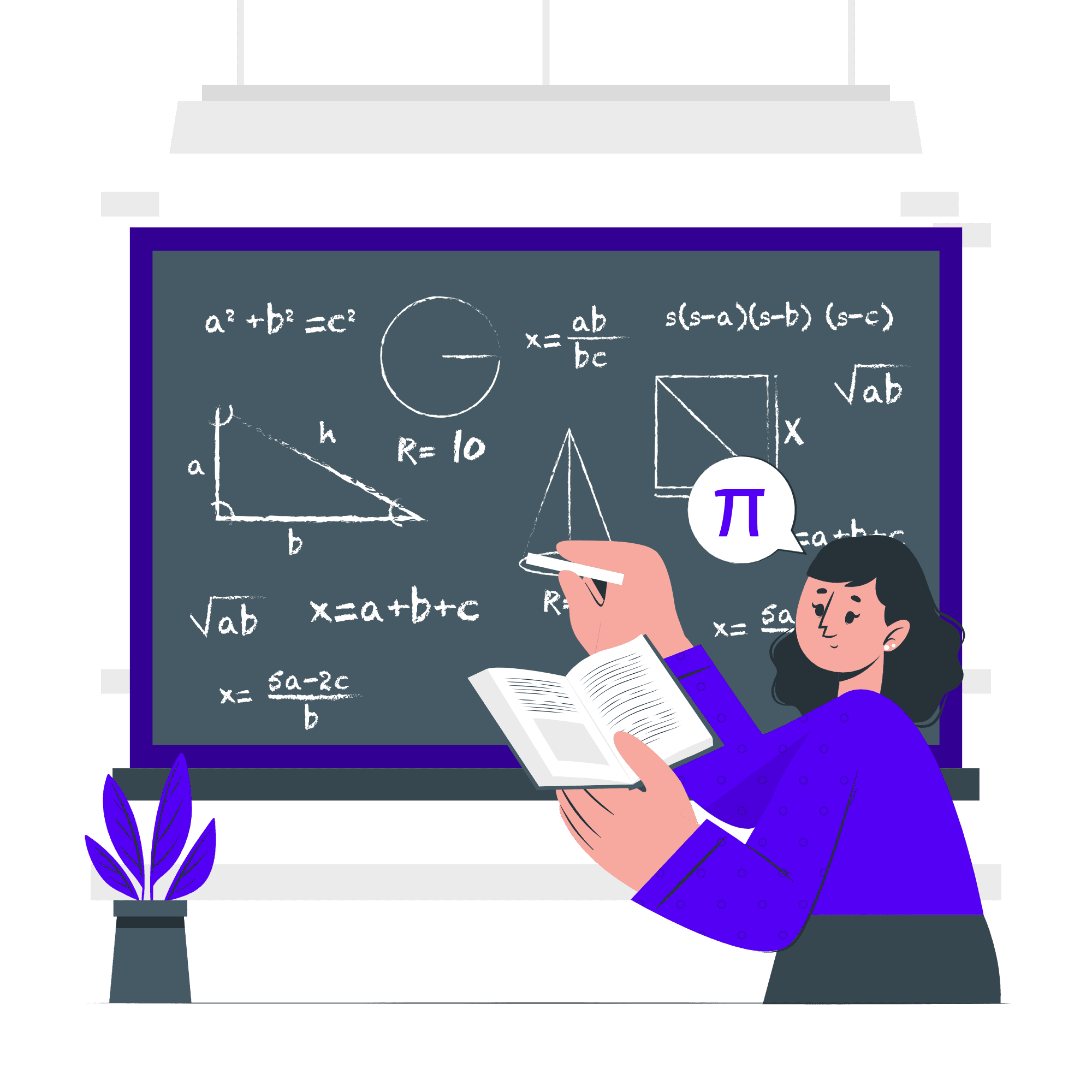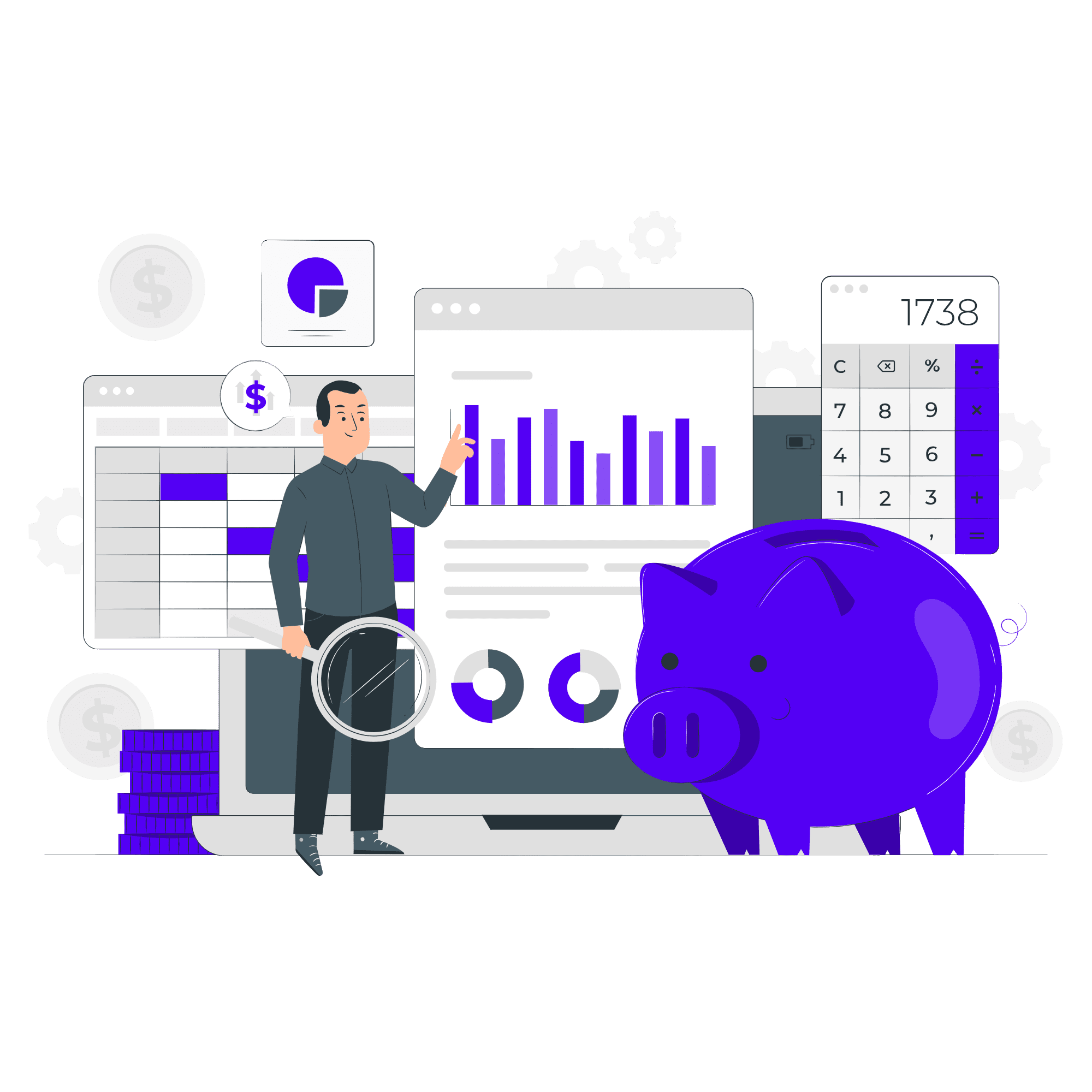Over time, mutual funds have become an investment option for people who want to increase their wealth gradually. Systematic Investment Plans (SIPs) and lump sum investments are popular ways to invest in mutual funds.
This blog highlights the differences between SIP and lump sum investments and their advantages and disadvantages. We’ll also discuss examples of when one might be preferable over the other.
What is a Systematic Investment Plan (SIP)?
SIP, or systematic investment plan, involves investing a sum into mutual funds periodically, generally every month. If you are a salaried individual or earn income at regular intervals, investing via the SIP method makes more sense. Generally, SIPs can be started with as little as ₹ 500 a month, making them accessible to a broad range of investors.
SIP is an organized method of investing. Rupee cost averaging, in which investment costs average over time due to fluctuating NAVs (Net Asset Values), is a significant advantage of SIP, especially in a volatile market. SIPs are quite versatile as they offer investors options to step up SIP, pause, continue, or increase their regular contributions.
For example, consider an investor contributing ₹10,000 monthly to an equity mutual fund. The investor will get more units in a month when the NAV is lower and fewer units in a month when the NAV is higher. This strategy helps to average the purchase cost and reduces the impact of market volatility. This process is also known as rupee cost averaging.
What is a Lump Sum Investment?
A lump sum investment in mutual funds may be appropriate if you are a business owner, have inconsistent income, or have a sizable amount of money to invest (such as a bonus). Lump sum investment involves investing money in mutual funds in one go. The investors must be able to identify the low point of the market. You can invest and generate a good return if the market moves up from that point. However, the major challenge here is that it is difficult to analyze whether or not the market is at its lowest point.
For example, consider an investor who invests ₹5,00,000 into an equities mutual fund at any point for some time. The investor would only benefit if the market rises and the NAV or investment value grows with time.
Read Also: PNB Vs Bank of Baroda: Which is Better?
Evaluation Metrics of SIP and Lump Sum
There are three methods for calculating the historical returns of any mutual fund.
- Absolute Return: This is the most basic method of calculating historical returns. It doesn’t consider the total period for which the money was invested. The formula for calculating absolute return is as follows:
- CAGR (Compound Annual Growth Rate): Think of CAGR as the yearly growth of an investor’s capital. The assumption here is that all annual profits are put back into the invested funds. This rate is not the simple average of the returns earned each year. Rather, this rate is compounded annually, and it smoothes out fluctuations and provides a consistent growth rate, which is useful for comparing different fund’s returns.
- XIRR (Extended Internal Rate of Return): It is best suited to calculate the mutual fund investment return through SIPs. XIRR considers multiple transactions at different points in time. XIRR gives a more accurate picture of investment returns as it calculates the returns by considering all aspects of each SIP installment, including amount, dates, cash inflows, and outflows.
Use our XIRR Calculator to calculate the actual returns on multiple investments made at different time intervals.
Scenario Analysis of SIP and Lump Sum
Let’s understand the calculation of lump sum and SIP investment returns through examples under two scenarios – a bull market and a bear market. Assume an investor made a lump sum investment of ₹1,20,000 on 1 January 2021 for three years, while another investor started quarterly SIP payments of ₹10,000 on that day for 3 years.
Bear Market Scenario
The performance of SIP and lump sum investment strategy in a bear market is given below:
SIP: The calculations for the SIP investment strategy are as follows:
| Date | NAV (in INR) | Investment | Units Allotted |
|---|---|---|---|
| 01-Jan-21 | ₹ 251.25 | ₹ 10,000 | 39.80 |
| 01-Apr-21 | ₹ 246.08 | ₹ 10,000 | 40.64 |
| 01-Jul-21 | ₹ 223.17 | ₹ 10,000 | 44.81 |
| 01-Oct-21 | ₹ 193.41 | ₹ 10,000 | 51.70 |
| 02-Jan-22 | ₹ 197.30 | ₹ 10,000 | 50.68 |
| 03-Apr-22 | ₹ 189.46 | ₹ 10,000 | 52.78 |
| 01-Jul-22 | ₹ 177.41 | ₹ 10,000 | 56.37 |
| 01-Oct-22 | ₹ 171.56 | ₹ 10,000 | 58.29 |
| 01-Jan-23 | ₹ 161.91 | ₹ 10,000 | 61.76 |
| 01-Apr-23 | ₹ 164.99 | ₹ 10,000 | 60.61 |
| 01-Jul-23 | ₹ 154.81 | ₹ 10,000 | 64.59 |
| 01-Oct-23 | ₹ 150.45 | ₹ 10,000 | 66.47 |
| Total | ₹ 1,20,000 | 648.5 |
Average purchase price= ₹ 1,20,000 / 648.5 = ₹ 185.05
If the investor sells 648.5 units at ₹ 160 per unit on 1 January 2024, he receives ₹ 1,03,760.
XIRR = -0.08725 = – 8.73 %
Lump sum: The calculations for the lump sum investment are as follows:
| Date | NAV (in INR) | Investment | Units allotted |
|---|---|---|---|
| 01-Jan-21 | ₹ 251.25 | ₹ 1,20,000 | 477.62 |
Purchase Price = ₹ 251.25
If the investor sells 477.62 units at ₹ 160 per unit on 1 January 2024, then:
Absolute Return = (160 – 251.25) / (251.25) = – 0.363 = – 36.3%
CAGR = [(160 / 251.25) ^ (⅓)] – 1 = – 0.1397 = -13.97%
In the bear market scenario, SIP generally gives the investor a higher return than lumpsum investment as the investor benefits from the rupee cost averaging in the falling market and has more units at lower NAVs.
Bull Market Scenario
The performance of SIP and lump sum investment strategy in a bull market is given below:
SIP: The calculations for the SIP investment strategy are as follows:
| Date | NAV (in INR) | Investment | Units allotted |
|---|---|---|---|
| 01-Jan-21 | ₹ 22.93 | ₹ 10,000 | 436.16 |
| 01-Apr-21 | ₹ 26.39 | ₹ 10,000 | 378.92 |
| 01-Jul-21 | ₹ 26.59 | ₹ 10,000 | 376.03 |
| 01-Oct-21 | ₹ 27.64 | ₹ 10,000 | 361.79 |
| 02-Jan-22 | ₹ 32.66 | ₹ 10,000 | 306.18 |
| 03-Apr-22 | ₹ 36.08 | ₹ 10,000 | 277.17 |
| 01-Jul-22 | ₹ 37.58 | ₹ 10,000 | 266.12 |
| 01-Oct-22 | ₹ 29.17 | ₹ 10,000 | 342.86 |
| 01-Jan-23 | ₹ 31.40 | ₹ 10,000 | 318.45 |
| 01-Apr-23 | ₹ 34.13 | ₹ 10,000 | 292.99 |
| 01-Jul-23 | ₹ 35.15 | ₹ 10,000 | 284.47 |
| 01-Oct-23 | ₹ 37.65 | ₹ 10,000 | 265.59 |
| Total | ₹ 1,20,000 | 3906.73 |
Average purchase price= ₹ 1,20,000 / 3906.73 = ₹ 30.72
If the investor sells 3906.73 units at ₹ 36.16 per unit on 1 January 2024, he receives ₹ 1,41,267.
XIRR = 0.1031 = 10.31%
Lump sum
The calculations for the lump sum investment are as follows:
| Date | NAV (in INR) | Investment | Units allotted |
|---|---|---|---|
| 01-Jan-21 | ₹ 22.93 | ₹ 1,20,000 | 5233.32 |
Purchase Price = ₹ 22.93
If the investor sells 5233.32 units at ₹ 36.16 per unit on 1 January 2024.
Absolute Return = (36.16 – 22.93) / (22.93) =0.5770 = 57.70%
CAGR = [(36.16 / 22.93) ^ (⅓)] – 1 = 0.1640 = 16.40%
From the above calculations, we can conclude that the returns of the lump sum investment strategy are superior to those of the SIP strategy in a bull market.
Advantages and Disadvantages of SIP and Lump Sum
SIP
| Advantages | Disadvantages |
|---|---|
| SIP provides flexibility to stop, restart, or increase investment amounts. | In a consistently rising market, lump sum investments outperform SIPs. |
| SIP encourages regular savings and investment habits. | It requires regular investment, which might be challenging for some investors |
| Investors can start with a small amount, making it suitable for new investors. |
Lump Sum
| Advantages | Disadvantages |
|---|---|
| It offers higher returns in a bull market than the SIP strategy. | It is difficult to predict market lows, risking investment at a high point. |
| Investors do a single transaction without the need for regular follow-ups. | Investing large amounts in one go restricts funds availability to the investor for other needs. |
Suitability for Investors of SIP and Lump Sum
SIP Suitability
- Salaried Individuals: People with a steady income who are ready to commit to periodic investments.
- New Investors: They are the ones who wish to start their investments with smaller amounts.
- Volatile Markets: Investors worried about market volatility can use the SIP strategy as the risk is reduced by spreading the investments over time.
Lump Sum Suitability
- High net worth individuals: They have large amounts of money to invest.
- Experienced Investors: These are experts in studying market conditions and investing at appropriate times.
- Rising Markets: A lump sum investment strategy is better suited to take advantage of the bull market.
Read Also: IndiGo vs SpiceJet: Which is Better?
Conclusion
The choice between SIP and lump sum investments in mutual funds depends on various factors such as personal circumstances, financial goals, and market conditions. SIPs are structured to be disciplined, flexible, and accessible, which suits recurring income earners when the markets are volatile. However, lump sum investing can generate more returns during a bull market but exposes one to the risk of investing at an inappropriate time.
Investors should consider their financial position, investment time frame, and risk appetite before making an investment decision. SIPs and lump sum investments have different advantages that enable one to achieve one’s financial objectives.
| S.NO. | Check Out These Interesting Posts You Might Enjoy! |
|---|---|
| 1 | SIP in Stocks vs SIP in Mutual funds? |
| 2 | SBI vs ICICI Bank: Which is Better? |
| 3 | Punjab National Bank vs State Bank of India |
| 4 | Bank of Baroda Vs Canara Bank: Which is Better? |
| 5 | HDFC Bank vs Axis Bank: Which is Better? |
Frequently Asked Questions (FAQs)
What key differences do SIP and lump sum investments for mutual funds have?
SIP has regular small payments, while a lump sum is one big payment. SIP offers rupee cost averaging and flexibility, whereas a well-timed lump sum can give high returns.
How does rupee-cost averaging help investors with their SIP?
Rupee cost averaging lowers the impact of market volatility by spreading the investments over time. Investors get more units when prices are low and fewer units when prices are high.
What are the techniques for calculating historical returns of mutual funds, and which one is best for SIP as opposed to lump sum investments?
CAGR is suitable for lump sum, while XIRR is ideal for SIP because it considers multiple transactions.
Who should invest in an SIP, and who should do a lump sum investment?
Salaried individuals and beginners should prefer a Systematic Investment Plan (SIP) as they have a regular monthly income. At the same time, those with irregular income or skills in doing market analysis should consider lump sum investments.
Can I stop or change the amount of my sip after starting it? How does this feature help you?
Yes, SIP contributions can be stopped, restarted or changed. This feature helps individuals adapt to changing financial circumstances.
